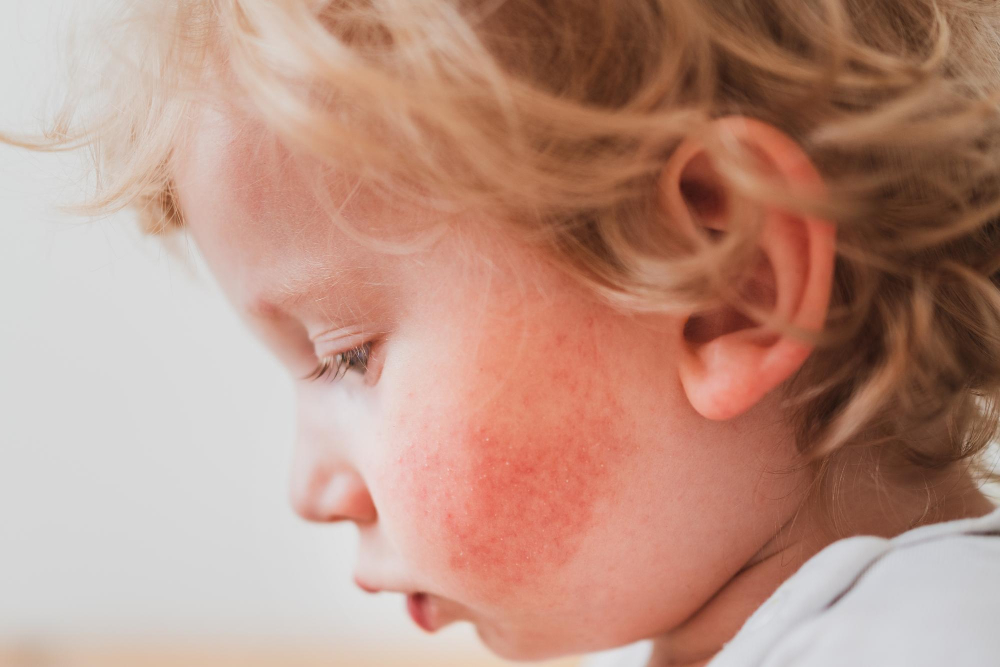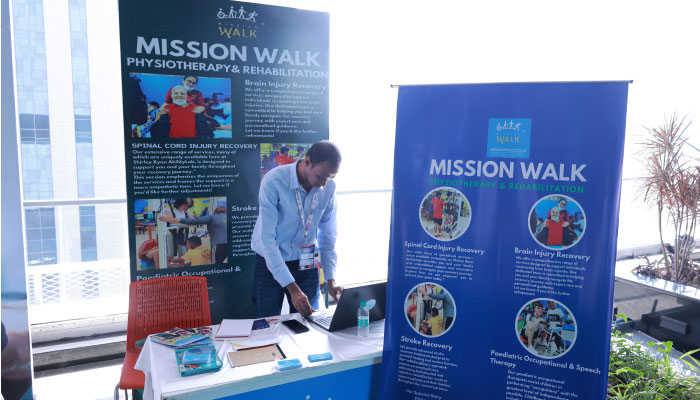A French Physician by the name Dr. Cheinisse described Erythema infectiosum or ‘Fifth disease’ in the year 1905 AD. Fifth disease is so called because it comes fifth in the line of common illnesses that occur in childhood, the other rash causing illness include measles, chickenpox, German measles, and roseola.
About Fifth Disease
Parvovirus is the cause of fifth disease, commonly referred to as ‘slapped cheek disease’ due to the reddish rash that appears on the cheeks. The virus was accidently discovered by an Australian virologist Yvonne Cossart while examining blood samples for hepatitis B infection. Symptoms of the disease typically appear within 16-17 days after parvovirus infection, with the contagious period lasting only one week. Fifth Disease is most commonly seen in school children aged 5-7 during the spring and winter months. If adults had a fifth disease as children, it is unlikely that they will be affected again.
Symptoms
The symptoms that appear in children include slight fever, sore throat, stomach upset, headache, itching, and fatigue. Days after the first symptoms appear, a distinct rash appears on both sides of the cheek which gradually spreads to the arms, trunk, thighs and buttocks. If the child is exposed to sunlight the rash becomes more visible. The rash may last up to 3 weeks. The rash on the cheeks is absent in adults and instead the joints of the knees, wrists, hands and ankles become painful which lasts for weeks.
In 5% of pregnant women who have been affected with fifth disease there might be miscarriage, still birth or the baby will be born with severe anemia due to the parvovirus. In such cases, blood transfusion is given to the unborn baby or medications are passed to the unborn baby via the placenta. If fifth disease occurs in people with anemia (deficiency of red blood cells that help carry oxygen), then their condition worsens causing an anemia crisis in which there is little or no production of red blood cells, and in such conditions they need to be given blood transfusions. People with sickle cell anemia are also at higher risk of parvovirus infection. Severe anemia occurs due to parvovirus infection in individuals with low immunity such as people suffering from AIDS, cancer, infectious arthritis, and those who have undergone organ transplantation.
Diagnosis
The doctor can detect the parvovirus infection by the pattern of the rash which is the characteristic ‘slapped cheek’ pattern. To check for antibodies to the parvovirus infection, blood tests are done. Blood tests are also done to rule out any other underlying medical condition that may be causing the symptoms.
Treatment
The fifth disease is usually mild and its treatment involves treating the symptoms. The symptoms like fever and flu in children are treated by administering the medication acetaminophen (Tylenol). Complete rest is advised for adults who are suffering from swelling and pain of the joints, and have to take medications like Ibuprofen (Motrin, Advil); aspirin and acetaminophen. Aspirin should never be given to patients below 18 years of age as it will lead to Reye’s syndrome (serious illness affecting brain and liver). In patients with severe anemia, blood transfusions are given, and in case they are suffering from a weak immune system, antibodies are given to the patient in the form of injections.
Prevention
There is no way to prevent the spread of fifth disease other than maintaining personal hygiene. Washing one’s hand with a good antiseptic soap is the best way to prevent infections. One cannot isolate contagious people of fifth disease as by the time the rash appears, the person isn’t contagious.
Calling the doctor
The doctor must be consulted immediately if one’s child develops rash which is spreading all over the body accompanied with symptoms. The obstetrician must be consulted if a pregnant woman develops rash after exposure to someone with a fifth disease.



